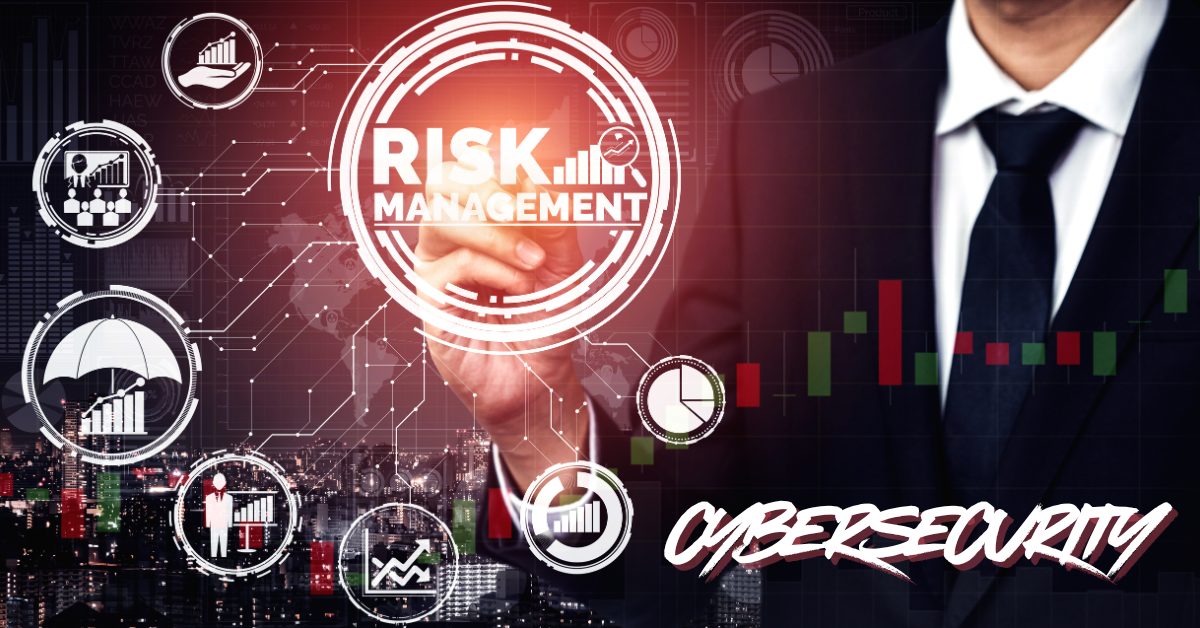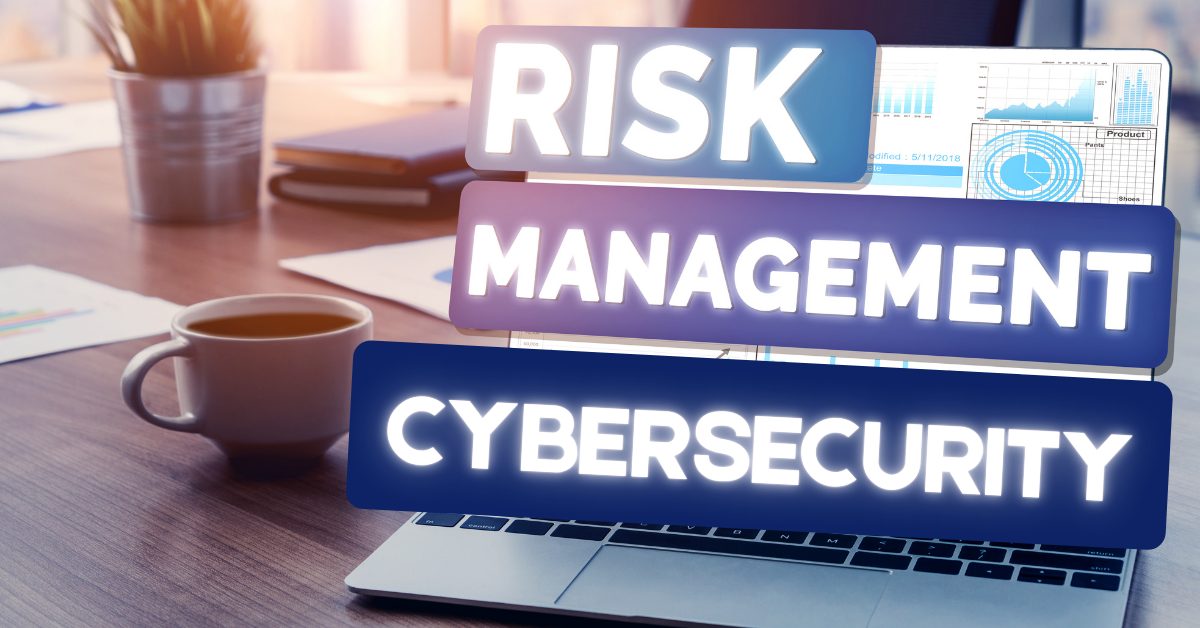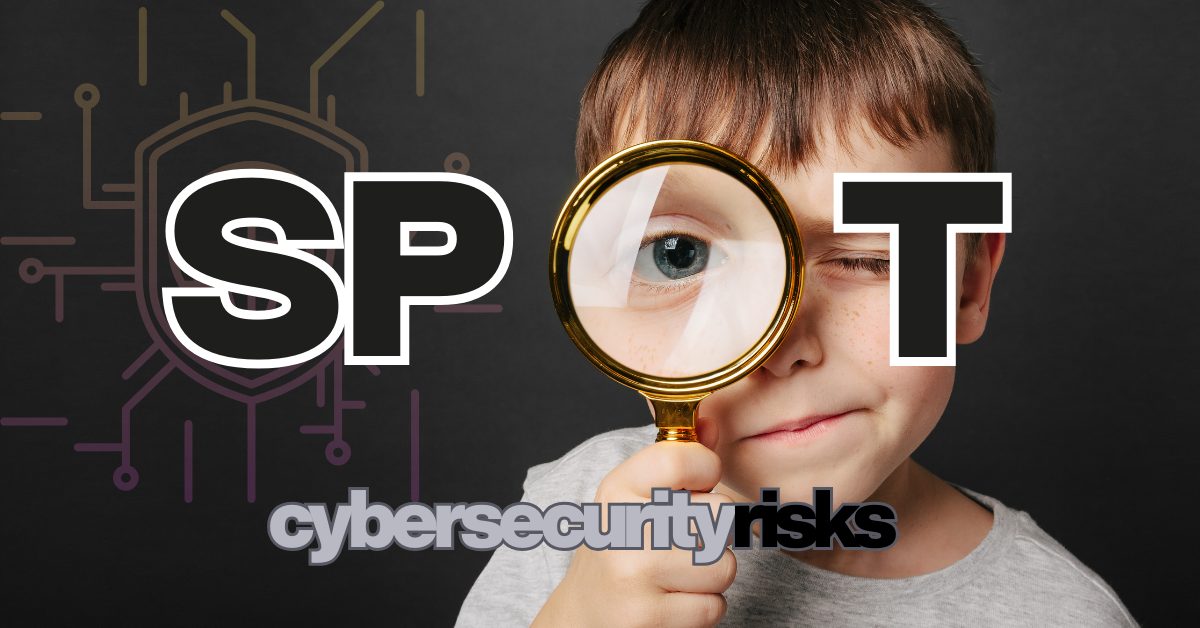Why Every Small Business Must Understand Cybersecurity Risks Management
Cybersecurity risks management is no longer optional. As businesses of all sizes rely more heavily on digital tools and internet connectivity, the risk of cyber threats and data breaches continues to grow. For small and medium-sized businesses (SMBs), this isn’t just an IT issue; it’s a business continuity issue. One successful attack can lead to downtime, lost revenue, compliance violations, and a damaged reputation.
At Gallop Technology Group, we specialize in helping small businesses, especially law firms and service-based companies, manage their cyber security risk through tailored solutions. Our free Domain Security Check-Up and cybersecurity services provide peace of mind and practical steps toward stronger protection.
Below, we break down six critical things your business should be checking today to stay ahead of cybersecurity threats.
1. Do You Know What “Risk Management” Actually Means?
In cybersecurity, risk management is the process of locating, assessing, and dealing with possible cyber threats that might have an influence on your company. It is a proactive strategy to keep your systems, data, and reputation safe from harm. Without a clear understanding of this concept, it becomes easy to overlook threats or underestimate their consequences.
In simple terms, cybersecurity risks management is about knowing what could go wrong and preparing for it before it does. Because of this readiness, your company can continue to function even in the event of a cyberattack. Whether you’re a team of five or 500, having a risk strategy is essential.
Think of it as regular health checkups for your business. You may feel fine, but preventative care could catch issues before they become major problems. In the same way, risk management identifies and mitigates potential cybersecurity issues before they cause real damage.
To build an effective cybersecurity risks management plan, start by defining your business’s most critical digital assets. This covers any technology that facilitates day-to-day operations as well as private client data, financial data, and intellectual property. Once you understand what you need to protect, it becomes easier to identify what threats could impact those assets and how to prioritize them.
2. Is Anyone on Your Team Responsible for Risk Management?
Assigning someone the responsibility of cybersecurity risk management is a step that many small businesses overlook. While large enterprises have entire departments dedicated to cyber security assessment and risk mitigation, SMBs often assume it’s handled by their IT provider or internal staff.
However, the truth is: without clear ownership, cybersecurity gets deprioritized.
You don’t need a full-time Chief Information Security Officer (CISO), but someone should be designated to coordinate your risk assessment, monitor potential vulnerabilities, and act on recommendations. This role can be internal or outsourced, but it must be clearly defined.
Additionally, that individual ought to remain up to date on the most recent cybersecurity threats and industry-specific compliance requirements. They can coordinate with managed service providers like Gallop Technology Group to ensure the proper implementation of protective measures and maintain up-to-date documentation for audits or insurance purposes.
Gallop Technology Group works with businesses to ensure that even if you don’t have an in-house IT department, you still have a reliable partner actively managing your cybersecurity risks.
3. Are You Performing Regular Risk Assessments?
A risk assessment cybersecurity process helps you find out where your business is vulnerable. This includes evaluating outdated software, weak passwords, unsecured devices, and outdated hardware or firmware.
For example:
- Are all your software programs up to date?
- Do your employees use strong, unique passwords?
- Are personal devices connected to your network without proper security measures?
Every risk assessment should be followed by a plan to eliminate or reduce these risks. This is where cybersecurity risks management comes full circle—from identifying threats to implementing real-world solutions.
A well-structured cyber security assessment will also examine physical security (e.g., locked server rooms), access control policies, cloud storage configurations, and employee training gaps. Security isn’t just a technology issue—it’s also a people issue. Human error, such as clicking a malicious email link or failing to report a suspicious login, remains one of the most common causes of breaches.
You don’t need to start from scratch. Use tools, checklists, or external experts to guide you through the process. Gallop Technology Group can help with a structured cyber security assessment that fits your business size and industry needs.
4. Are You Considering Third-Party Risks?
Third-party vendors and connected devices (IoT) present significant vulnerabilities. Many businesses focus only on their internal systems and forget that external connections can be weak links.
A well-known example is a casino hack that happened through a smart thermostat installed in an aquarium. That thermostat was managed by an external vendor. Through that small entry point, hackers gained access to sensitive internal systems.
Ask yourself:
- Do I know which vendors have access to my systems?
- Are those connections monitored and secured?
- Are third-party devices on the same network as my business-critical systems?
Cyber security risk isn’t only about what you control, but also about what you connect to.
Your vendor list might include cloud service providers, website hosts, HVAC companies, legal software vendors, or even outsourced payroll services. Each vendor relationship needs to be evaluated with the same scrutiny you apply to your internal systems.
5. What’s Your Plan if Something Goes Wrong?
A strong cybersecurity plan doesn’t end with prevention. You also need a response plan.
Downtime from a cyberattack is expensive. Whether you have 5 or 500 employees, every minute of downtime costs money and productivity. More importantly, it damages customer trust.
Your response plan should answer these questions:
- Who do we contact first?
- How do we isolate and contain the threat?
- How is data backed up and restored?
- Who communicates with clients and stakeholders?
Your plan should also include legal considerations, insurance notifications, and internal communications. It’s also critical to test your response plan periodically through tabletop exercises or simulations. Practicing your plan ensures that key stakeholders know their roles and that the plan will work in a real-life scenario.
Many companies wait until something goes wrong to develop a plan. That’s too late.
6. Are You Monitoring and Adapting Regularly?
Cyber threats evolve. So should your cybersecurity strategy.
Monitoring your systems for unusual activity is a key part of ongoing risk management. Equally important is reviewing and updating your strategy as technology and threats change.
Think of cybersecurity as an ongoing cycle:
- Assess your risks
- Act to mitigate them
- Monitor your systems
- Adapt your strategy
Using threat detection tools, automated alerts, and regular log reviews can help you stay ahead of potential issues. Monitoring also includes checking for unauthorized access attempts, failed logins, abnormal data transfers, or unexpected behavior on critical systems.
Many businesses set policies and forget to update them. But a static approach leaves gaps. Update your cybersecurity policies at least annually—or sooner if new threats or technologies emerge.
Regular checkups and updates are essential. Skipping them is like getting a health diagnosis and never going back for treatment.
Gallop Technology Group helps clients monitor their environments continuously and stay ahead of the latest risks with proactive services like vulnerability scanning, endpoint protection, and cloud security management.
Protect Your Business Today with Smart Risk Management
Small businesses can no longer afford to ignore cybersecurity risks management. Understanding the basics, assigning responsibility, assessing vulnerabilities, planning responses, and monitoring systems are all steps that build resilience against cyber threats.
By taking these six checks seriously, businesses significantly reduce the chance of suffering costly, disruptive incidents. Cybercriminals often go after the low-hanging fruit—businesses without a plan, without a designated person, and without ongoing assessments.
Don’t wait for a breach to realize the importance of risk management. Take control of your cyber security risk before it controls your business.
At Gallop Technology Group, we help SMBs across the country protect what matters most. From our free Domain Security Check-Up to our comprehensive cybersecurity and IT services, we are your partner in digital defense.
👉 Contact us today or call (480) 614-4227 to schedule your free assessment and consultation.
Source:







